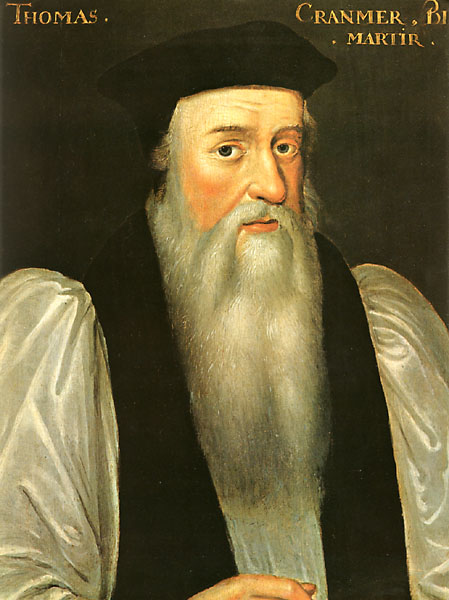The BCP: A Single, Standardized Source of Liturgy
Church leaders believe that the Book of Common Prayer ,offers several advantages when compared to the more diversified liturgy sources of the Catholic Church. One of the primary advantages lies in its simplicity and accessibility. Its primary author and editor, Thomas Cranmer, sought to create a liturgy that was readily understandable by the common lay people. His approach was a departure from the complex and Latin-centered liturgies of the Catholic Church at the time.
The simplicity of the first Anglican Book of Common Prayer encouraged greater congregational participation and comprehension of the worship service, promoting a more direct connection between the individual believer and their faith.
The BCP was more adaptable than trying to coordinate the Catholic Church’s liturgy sources that varied significantly from one province and culture to another. Catholic worship practices and beliefs often depended on the education and objectives of the presiding Bishop. The Book of Common Prayer’s uniform liturgical framework could be tailored to local contexts, allowing greater flexibility in worship and Anglican communities to incorporate cultural and contextual elements into their services while still maintaining a core liturgical structure.
Cranmer’s Book of Common Prayer reflected a theological shift towards a more Protestant and Reformed understanding of the Eucharist and salvation. This theological clarity, especially its intent to emphasize justification by faith and the priesthood of all believers, aligns more closely with Protestant theology than some aspects of Catholic liturgy..

